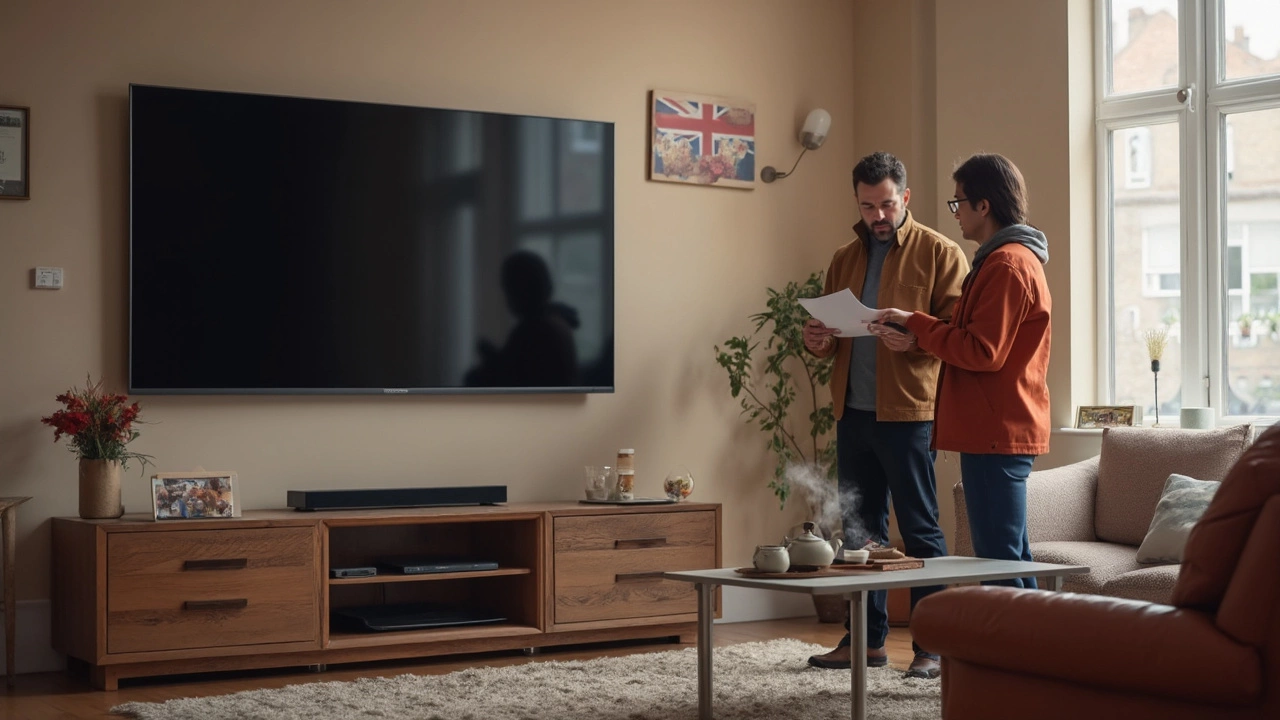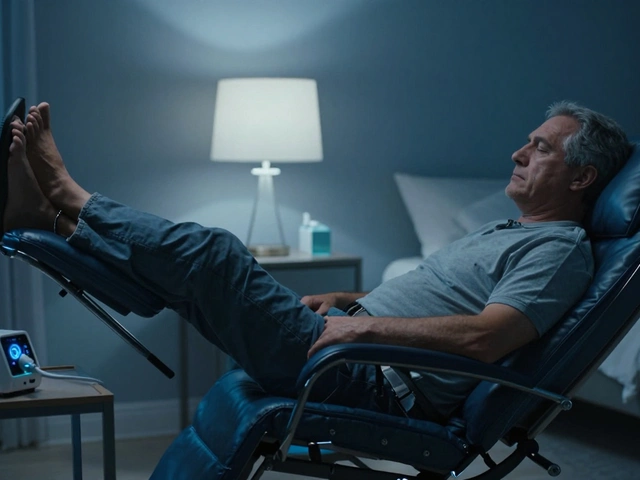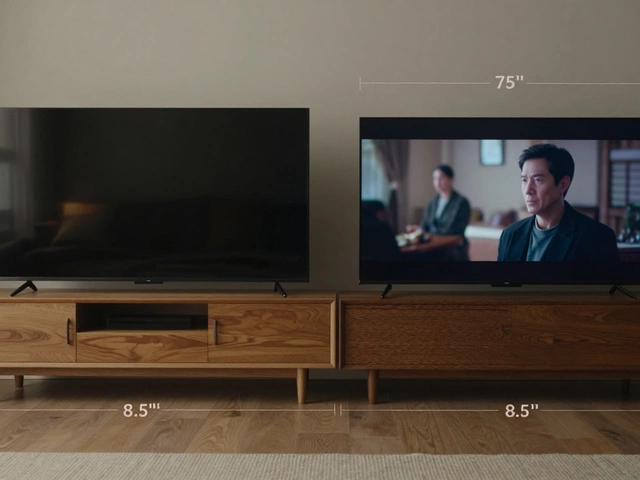Everything You Need to Know About 65‑inch TVs
Thinking about a 65‑inch screen? You’re not alone. It’s the sweet spot for movie nights, gaming marathons, and family binge‑watching. But getting the right stand, mounting height, and safe setup can feel like a puzzle. Let’s break it down so you can enjoy that big picture without the hassle.
How Big Is a 65‑inch TV Really?
A 65‑inch TV measures 65 inches diagonally, which translates to a width of about 57 inches and a height of roughly 32 inches (for a 16:9 screen). Compared with a 60‑inch model, you gain about 6 extra inches of width – enough to notice a bigger picture but not so massive that it overwhelms most living rooms. If you’re debating between 60 and 65 inches, consider your typical viewing distance: 8‑10 feet works well for a 65‑inch screen, while 6‑8 feet might feel a bit close.
Choosing the Right TV Stand
The stand needs to be wider than the TV to keep it stable. Aim for a stand that’s at least 2‑4 inches longer on each side – so around 60‑64 inches for a 65‑inch set. Depth matters too; a 16‑inch depth comfortably accommodates the TV’s base and any cable boxes. Look for sturdy material (solid wood or metal) and a weight capacity that exceeds your TV’s weight by a good margin.
If you love a clean look, wall‑mounting is an option, but a solid stand still offers flexibility for future upgrades and easy access to ports.
Mounting Height – Where Should the TV Sit?
The ideal eye‑level is roughly 42‑48 inches from the floor to the screen’s center, depending on your seating height. For a 65‑inch TV, the center sits about 16 inches from the bottom of the screen. Measure the height of your couch cushions, subtract the eye‑level distance, and you’ll know where the bottom of the TV should land. Using a wall‑mount kit with tilt adjustment helps fine‑tune the angle and reduces glare.
Don’t forget to secure the mount into studs or use appropriate wall anchors. A wobbly mount not only looks sloppy, it can be dangerous.
Safety Tips for a Big Screen
Never place a 65‑inch TV on a stand that’s narrower than the TV itself – it can tip over if bumped. Keep cords tidy and use cable covers to avoid tripping. If you have kids or pets, consider a low‑profile stand or mount the TV higher up to keep it out of reach.
Check the TV’s weight specifications and match them with the stand or mount’s rating. Overloading can cause structural failure. When in doubt, ask a professional installer to double‑check your setup.
Final Thoughts
A 65‑inch TV offers a cinematic feel without needing a home theater. Get the right stand width, ensure proper mounting height, and follow basic safety steps, and you’ll have a stunning centerpiece that lasts for years. Ready to upgrade? Grab a stand that’s a little wider, mount it at eye level, and enjoy the bigger picture.
Are 65-inch TVs Really 65 Inches? Exploring Reality and Perception
People often wonder if a 65-inch TV is actually 65 inches when shopping for the perfect TV stand. The truth lies in understanding how TV sizes are measured and what it means for your living room setup. This article explores the difference between perceived and actual TV dimensions and provides tips on choosing the right stand. Get practical insights on setting up your entertainment space effectively.







